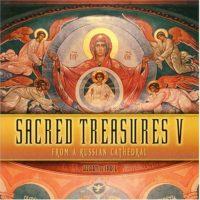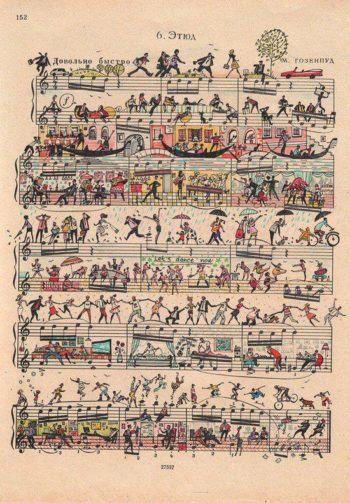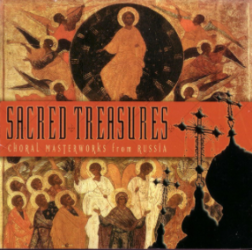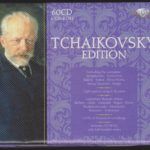 “After Tchaikovsky’s qualified success with The Sleeping Beauty, in February 1891 he was invited to compose the music for a new ballet. The scenario was based on Alexandre Dumas père’s adaptation of a story by the German writer E.T.A. Hoffmann, Nussknacker und Mausekönig. From the outset, The Nutcracker had its critics, none more trenchant than the composer himself. He wrote to his beloved nephew, Vladimir (Bob) Davydov on 7 July: ‘…I finished the sketches of the ballet yesterday. You will remember that I boasted to you when you were here that I could finish the ballet in five days, but I have scarcely finished it in a fortnight. No, the old man is breaking up … he loses bit by bit the capacity to do anything at all. The ballet is infinitely worse than Sleeping Beauty – so much is certain … If I arrive at the conclusion that I can no longer furnish my musical table with anything but warmed up fare, I will give up composing altogether.’
“After Tchaikovsky’s qualified success with The Sleeping Beauty, in February 1891 he was invited to compose the music for a new ballet. The scenario was based on Alexandre Dumas père’s adaptation of a story by the German writer E.T.A. Hoffmann, Nussknacker und Mausekönig. From the outset, The Nutcracker had its critics, none more trenchant than the composer himself. He wrote to his beloved nephew, Vladimir (Bob) Davydov on 7 July: ‘…I finished the sketches of the ballet yesterday. You will remember that I boasted to you when you were here that I could finish the ballet in five days, but I have scarcely finished it in a fortnight. No, the old man is breaking up … he loses bit by bit the capacity to do anything at all. The ballet is infinitely worse than Sleeping Beauty – so much is certain … If I arrive at the conclusion that I can no longer furnish my musical table with anything but warmed up fare, I will give up composing altogether.’
At its St. Petersburg première on [6 December] 18 December 1892 The Nutcracker formed half of a double bill with the darker operatic component, Iolanta, generally thought superior. Posterity has reversed this judgement. It is true that hardly any story survives in the ballet’s voyage from the (mimed) semi-reality of an idealized family Christmas to the land of eternal sweetmeats (and nothing but virtuoso dancing). Yet the score itself is brilliantly alive with no hint of time-serving tinsel. Tchaikovsky’s exploitation of his unmatched gift for melody was never more audacious.
The miniature overture opening the work sets the fairy mood by employing only the orchestra’s upper registers. The first act is divided into two scenes. It is Christmas Eve and little Clara is playing with her toys. At midnight they come to life. Led by the Nutcracker, her special present, they overwhelm some marauding mice, after which he is transformed into a Prince. Clara and her Prince travel through a snowy landscape where they are greeted by waltzing snowflakes. Ivanov’s original choreography, in which the dancers evoked the movements of windswept snow, was much admired by the cognoscenti who climbed up to the cheaper seats in order to appreciate the patterns created.
In Act 2 the Sugar Plum Fairy and the people of the Land of Sweets proffer a lavish gala of character dances. There follows a magnificent pas de deux for the Prince and the Sugar Plum Fairy, the latter’s own variation realising the composer’s desire to showcase the celesta, a new instrument he had heard in Paris. Its unique timbre is here famously complemented by little downward swoops from the bass clarinet. Elsewhere Tchaikovsky incorporates several children’s instruments including a rattle, pop-gun, toy trumpet and
miniature drum. After the festivities Clara wakes up under the Christmas tree, the Nutcracker toy in her arms, although, in some versions she rides off with her Nutcracker Prince as if the dream has happened in reality q.v. Hoffmann’s original story.
Radical modern interpretations include Mark Morris’s The Hard Nut (1991), set in the Swinging Sixties but faithful to the original score, and Donald Byrd’s Harlem Nutcracker (1996), danced to Duke Ellington’s jazz adaptation and set in an African-American household where Clara, the little girl, has become clan matriarch. That Tchaikovsky’s invention should present such riches to plunder, given the slight, somewhat incongruous scenario with which he had to work, says much about the nature of his genius.”
C David Gutman, 2010
CD 16
01. The Nutcracker, Op.71 – a. Miniature Overture
02. The Nutcracker, Op.71 – b. Act I; N.1 – The Decoration Of The Christmas Tree
03. The Nutcracker, Op.71 – c. Act I; N.2 – March
04. The Nutcracker, Op.71 – d. Act I; N.3 – Children’s Galop & Entry Of The Parents
05. The Nutcracker, Op.71 – e. Act I; N.4 – Arrival Of Drosselmeyer
06. The Nutcracker, Op.71 – f. Act I; N.5 – Grandfather’s Dance
07. The Nutcracker, Op.71 – g. Act I; N.6 – Scene. Clara And The Nutcracker
08. The Nutcracker, Op.71 – h. Act I; N.7 – Scene. The Battle
09. The Nutcracker, Op.71 – i. Act I; N.8 – Scene. In The Pine Forest
10. The Nutcracker, Op.71 – j. Act I; N.9 – Waltz Of The Snowflakes
11. The Nutcracker, Op.71 – k. Act II; N.10 – Scene. The Kingdom Of Sweets
12. The Nutcracker, Op.71 – l. Act II; N.11 – Scene. Clara And The Prince
13. The Nutcracker, Op.71 – m. Act II; N.12-a – Divertissement. Chocolate–Spanish Dance
14. The Nutcracker, Op.71 – n. Act II; N.12-b – Divertissement. Coffee–Arabian Dance
15. The Nutcracker, Op.71 – o. Act II; N.12-c – Divertissement. Tea–Chinese Dance
16. The Nutcracker, Op.71 – p. Act II; N.12-d – Divertissement. Trepak–Russian Dance
17. The Nutcracker, Op.71 – q. Act II; N.12-e – Divertissement. Dance Of The Reed Pipes
18. The Nutcracker, Op.71 – r. Act II; N.12-f – Divertissment. Mother Gigogne
19. The Nutcracker, Op.71 – s. Act II; N.13 – Waltz Of The Flowers
CD 17
01. The Nutcracker, Op.71 – t. Act II; N.14 – Pas de Deux
02. The Nutcracker, Op.71 – u. Act II; N.14-a – Pas de Deux–Variation I. Tarantella
03. The Nutcracker, Op.71 – v. Act II; N.14-b – Pas de Deux–Variation II. Dance Of The Sugar-Plum Fairy
04. The Nutcracker, Op.71 – w. Act II; N.14-c – Pas de Deux–Coda
05. The Nutcracker, Op.71 – x. Act II; No.15 – Final Waltz & Apotheosis
06. Orchestral Suite No. 3 in G major, Op.55 – I. Elégie
07. Orchestral Suite No. 3 in G major, Op.55 – II. Valse mélancolique
08. Orchestral Suite No. 3 in G major, Op.55 – III. Scherzo
09. Orchestral Suite No. 3 in G major, Op.55 – IV. Thème et Variations
10. Orchestral Suite No. 4 in G major, ‘Mozartiana’, Op.61 – I. Gigue
11. Orchestral Suite No. 4 in G major, ‘Mozartiana’, Op.61 – II. Menuet
12. Orchestral Suite No. 4 in G major, ‘Mozartiana’, Op.61 – III. Preghiera
13. Orchestral Suite No. 4 in G major, ‘Mozartiana’, Op.61 – IV. Thème et Variations
Orchestre de la Suisse Romande
Ernest Ansermet – Conductor
CD 16 – BAIXE AQUI – DOWNLOAD HERE
CD 17 – BAIXE AQUI – DOWNLOAD HERE

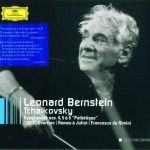
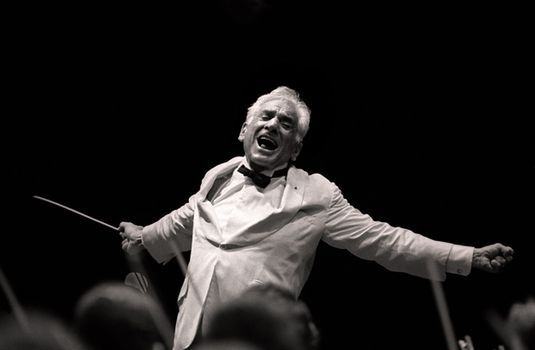
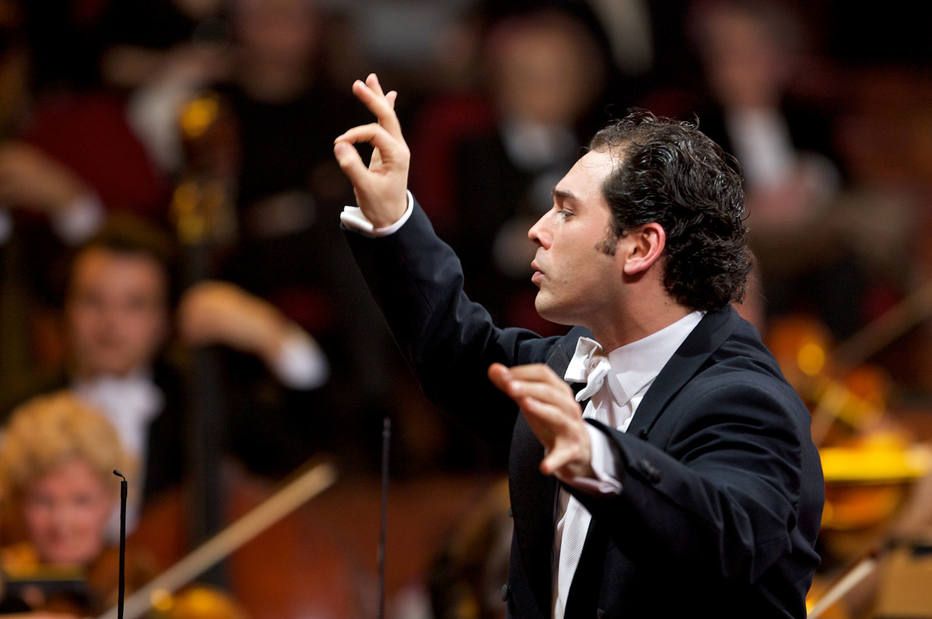
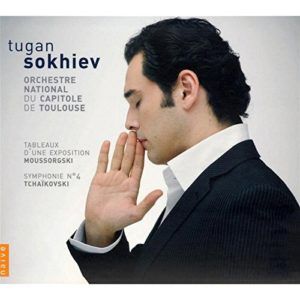
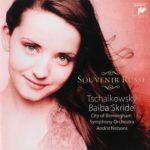
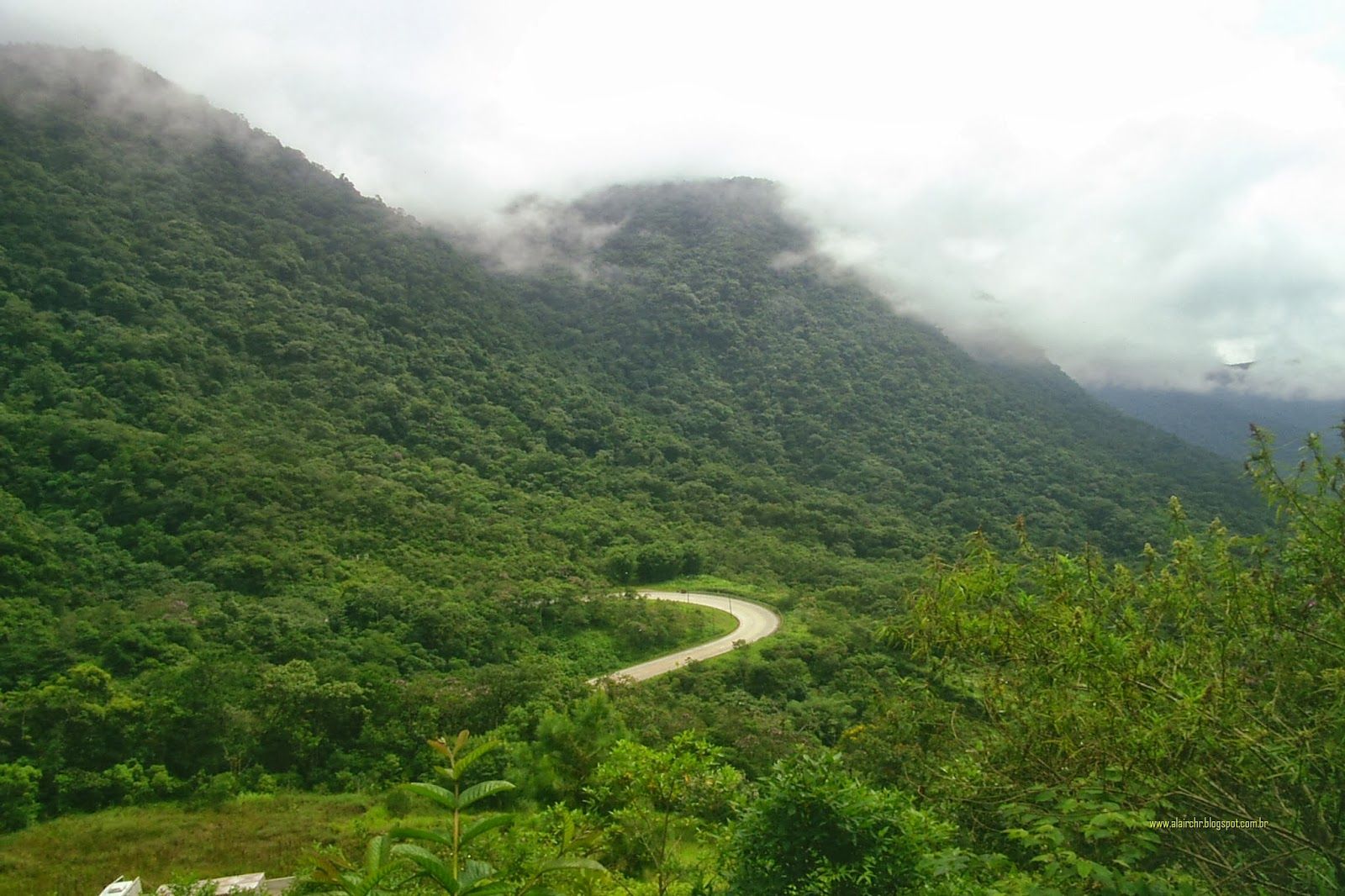
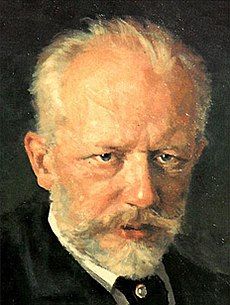
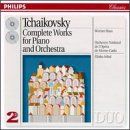
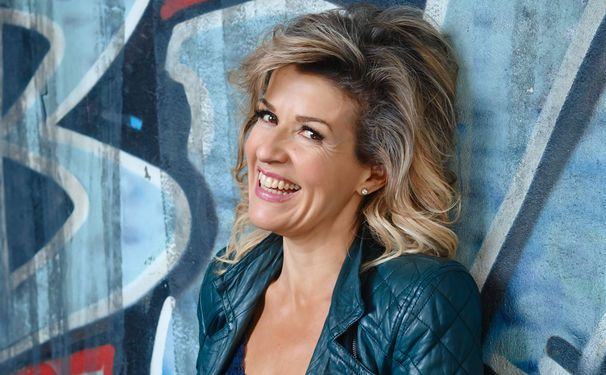


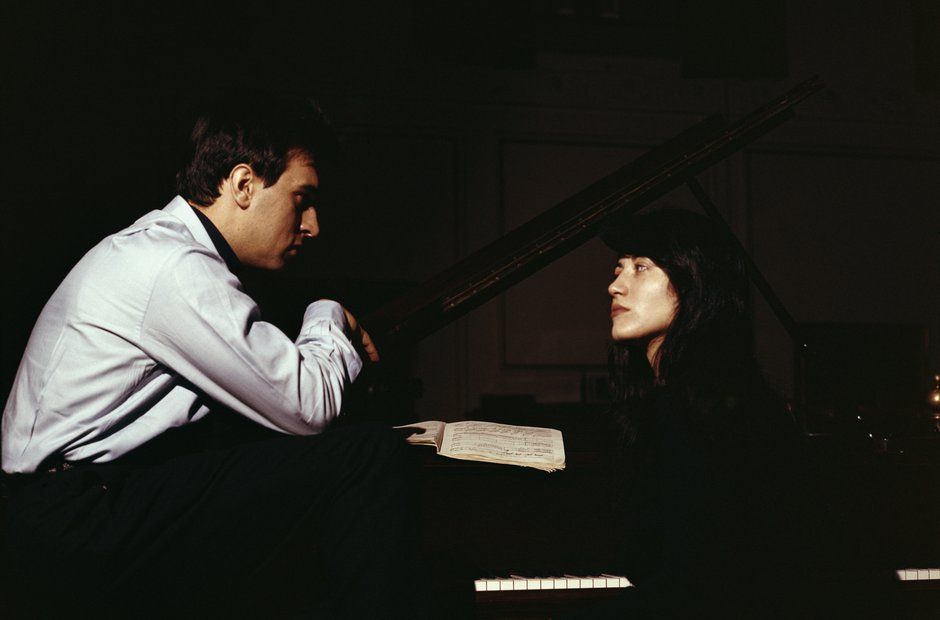
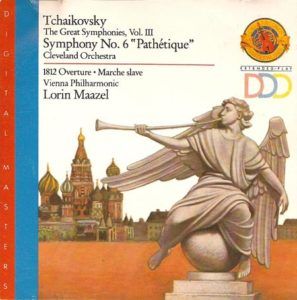
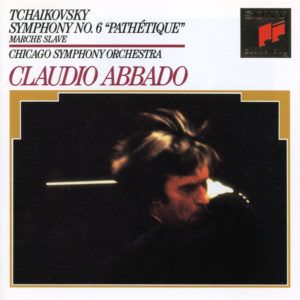
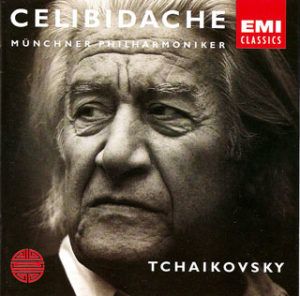
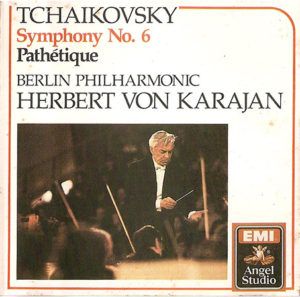
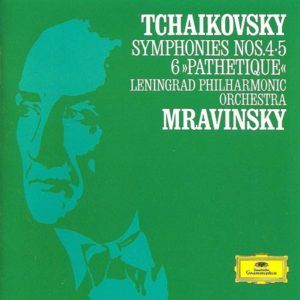 Na década de 50-60, em plena guerra fria, a competição entre URSS e EUA não ficava apenas no plano político e tecnológico. Nas artes, era muito comum uma troca de provocações indiretas (ou mesmo diretas), à superioridade estética de entidades ou artistas de cada um dos lados. E, por conta da dificuldade de acesso ao confronto direto (os artistas não podiam circular livremente na URSS), muitos desses confrontos acabavam ficando no plano imaginativo. Um deles, na música, era a propaganda que se fazia da superioridade sonora da Filarmônica de Leningrado e seu mítico maestro, Evgeny Mravinsky. Foram necessários anos de negociações até que o Kremlin permitisse uma tournée pela Europa. A primeira, em 1956, resultou numa gravação monaural primorosa das Sinfonias 4, 5 e 6 de Tchaikovsky, pela DG, em que toda a emoção do ineditismo (tanto de um lado quanto de outro) fica evidente. Quatro anos depois, Elsa Schiller, produtora da DG, conseguiu, não sem muito esforço, que o grupo voltasse para gravar em estéreo as mesmas obras, já que a primeira vez impressionou profundamente os europeus. E realmente, esta é uma leitura acima de qualquer crítica. Além da intimidade evidente dos músicos com estas obras, a precisão e sensibilidade de Mravinsky, um dos maestros mais elegantes que já subiram ao pódio, torna esta leitura indispensável em todos os sentidos. Soma-se a isso um aspecto levantado por Norman Lebrecht, que a torna ainda mais fascinante: sob pressão política, os registros evidenciam a tragédia do finale da Patética com profundeza ímpar, e a marcha bélica do terceiro movimento com uma esperança aterradora. É ver pra crer.
Na década de 50-60, em plena guerra fria, a competição entre URSS e EUA não ficava apenas no plano político e tecnológico. Nas artes, era muito comum uma troca de provocações indiretas (ou mesmo diretas), à superioridade estética de entidades ou artistas de cada um dos lados. E, por conta da dificuldade de acesso ao confronto direto (os artistas não podiam circular livremente na URSS), muitos desses confrontos acabavam ficando no plano imaginativo. Um deles, na música, era a propaganda que se fazia da superioridade sonora da Filarmônica de Leningrado e seu mítico maestro, Evgeny Mravinsky. Foram necessários anos de negociações até que o Kremlin permitisse uma tournée pela Europa. A primeira, em 1956, resultou numa gravação monaural primorosa das Sinfonias 4, 5 e 6 de Tchaikovsky, pela DG, em que toda a emoção do ineditismo (tanto de um lado quanto de outro) fica evidente. Quatro anos depois, Elsa Schiller, produtora da DG, conseguiu, não sem muito esforço, que o grupo voltasse para gravar em estéreo as mesmas obras, já que a primeira vez impressionou profundamente os europeus. E realmente, esta é uma leitura acima de qualquer crítica. Além da intimidade evidente dos músicos com estas obras, a precisão e sensibilidade de Mravinsky, um dos maestros mais elegantes que já subiram ao pódio, torna esta leitura indispensável em todos os sentidos. Soma-se a isso um aspecto levantado por Norman Lebrecht, que a torna ainda mais fascinante: sob pressão política, os registros evidenciam a tragédia do finale da Patética com profundeza ímpar, e a marcha bélica do terceiro movimento com uma esperança aterradora. É ver pra crer.

